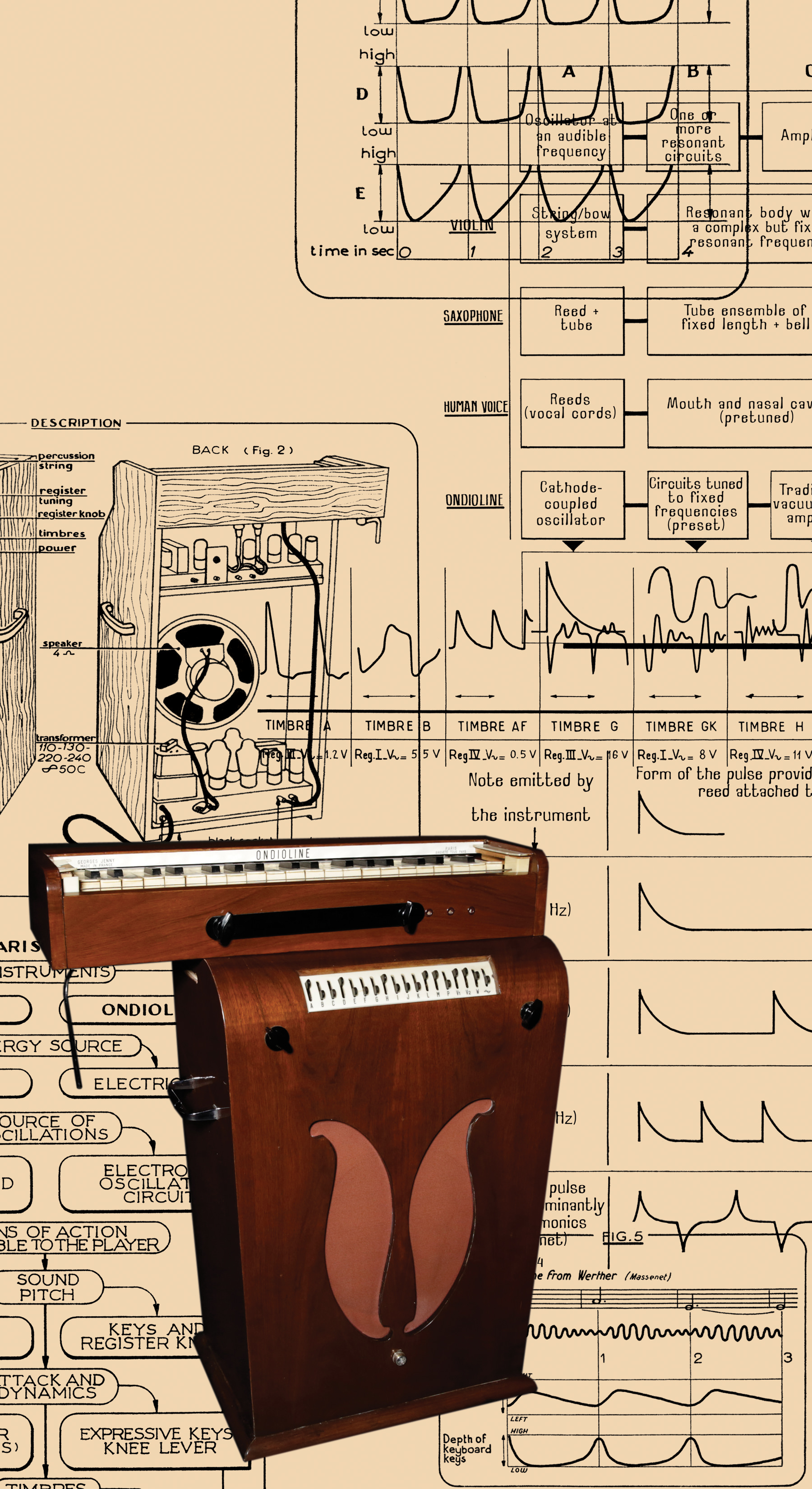Twenty years ago, Royer Labs unleashed the "now classic" Royer R–121 mic [Tape Op #19], and (along with AEA) helped point digital-weary engineers back towards the welcome old-school sound of ribbon microphones. In 2010, I reviewed the (now discontinued) R–101 [#80], which I found a tad different from the R–121 with its reduced low-frequency response, subdued proximity effect, and slight midrange lift. It also cost less than the R–121. Last year, Royer released the R–10, about which Royer's VP of Sales and Marketing, John Jennings, told me, "We will never be able to offer any mic with a lower price point." Unsurprisingly, the R–10, at a 60% lower cost than the R–121, has been selling healthily, and its users have been enthusiastic.
The R–10 is built around Royer's typical R–series 2.5 µm, aluminum ribbon element. A key to Royer's precision manufacturing is the use of patented ribbon-corrugation machines that they custom-designed. I've seen these impressive beasts in action, and it's fascinating. The finished ribbon is suspended between magnets (so it can generate voltage based on air pressure variance – that's how ribbon mics work, kids) and is protected by a three-layer windscreen and an internal shockmount. It's shorter in height than the R–101, yet retains a wider barrel, unlike the svelte R–121. It comes with a sturdy, screw-on swivel-mount, but without a standard external shockmount (remember, it's internally protected).
Royer shipped me a pair in December last year, and in typical Tape Op fashion, I put the mics right to work on a recording session without even testing them. And guess what? They worked out great! Initially, I didn't even A/B the R–10 with ribbons or any other mics. I was happy with the results as a mono drum-room mic and guitar amp mic for tracking basics. My gut feeling was that the R–10, similar to the R–101, was less beefy in the lows on electric guitar than the R–121. When I finally put all three mics up on a guitar cabinet, my feeling was confirmed. Voicing-wise, the R–10 has less throaty lows on a guitar amp than the R–121, but also less midrange bump than the R–101. This puts it tonally closer to the R–121 in my book, but you can always flip the mic around and use the back of the figure-8 pattern to achieve a slightly brighter tone, as Royer's signature offset ribbon makes for different tonal output from the mic's front and rear. By the way, I was cranking the guitar amp quite loud, and all the Royer mics sounded great in their own ways. The R–10 has a slightly lower output than the other mics, but it was not an issue. We also used the R–10 for strummy acoustic guitar overdubs with the player 3–4 ft from the mic. It sounded great, and the figure-8 pattern resulted in even more roominess to keep the guitar deeper in the mix and sounding cool.
As I was recording examples of different types of mics as drum overheads for one of my Lynda.com courses, I put the R–10 pair up against small and large–diaphragm condensers. Obviously, these three types of mics will sound different, and they did. Ribbon mics over drums have always sounded kinda off to me; too tubby with not enough high end. Initially, I felt that way here, but as I listened closely to the three pairs, I heard elements of the kit that the R–10 focused in on, that the brighter condenser mics didn't pick up as well. Slapping a little Mäag Air Band EQ [Tape Op #96] lift on the Royers opened up the sound immensely. (They always say ribbon mics take EQ boosts well, and yes, they do.) I think I now have a new drum mic'ing technique to pull out when needed.
I've never used a Royer mic that I didn't like, and the R–10 is no exception. I won't be returning this pair any time soon. I'm amazed that they can hand-build a mic in the USA at this price point, and I know many smaller studios and home recordists will get decades of use out of these new, excellent microphones. My advice? Buy two. You won't regret it.




_disp_horizontal_bw.jpg)